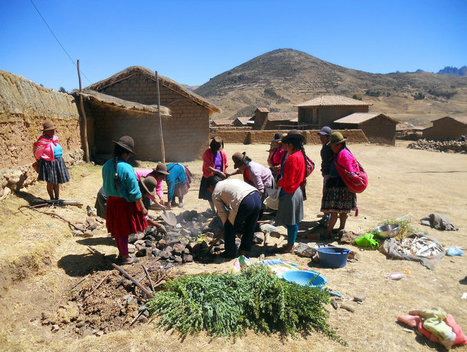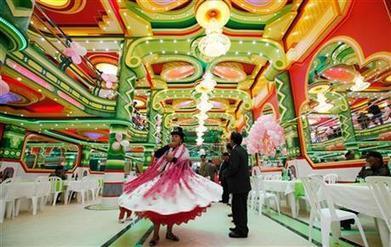What's the epitome of summer for a lot of Americans? It's communing around a grill, with friends and family, waiting for a slab of meat to cook to juicy perfection.
In Peru, people like to gather around heat and meat, too. Except the heat — and the meat — are buried in the ground. It's called pachamanca, a traditional way of cooking that dates back to the Inca Empire. The pit cooking technique has evolved over time but remains an important part of the Peruvian cuisine and culture, especially in the central Peruvian Andes all year-round for family get-togethers and celebrations.
Tags: food, folk culture, culture, indigenous, South America, Peru.



 Your new post is loading...
Your new post is loading...














